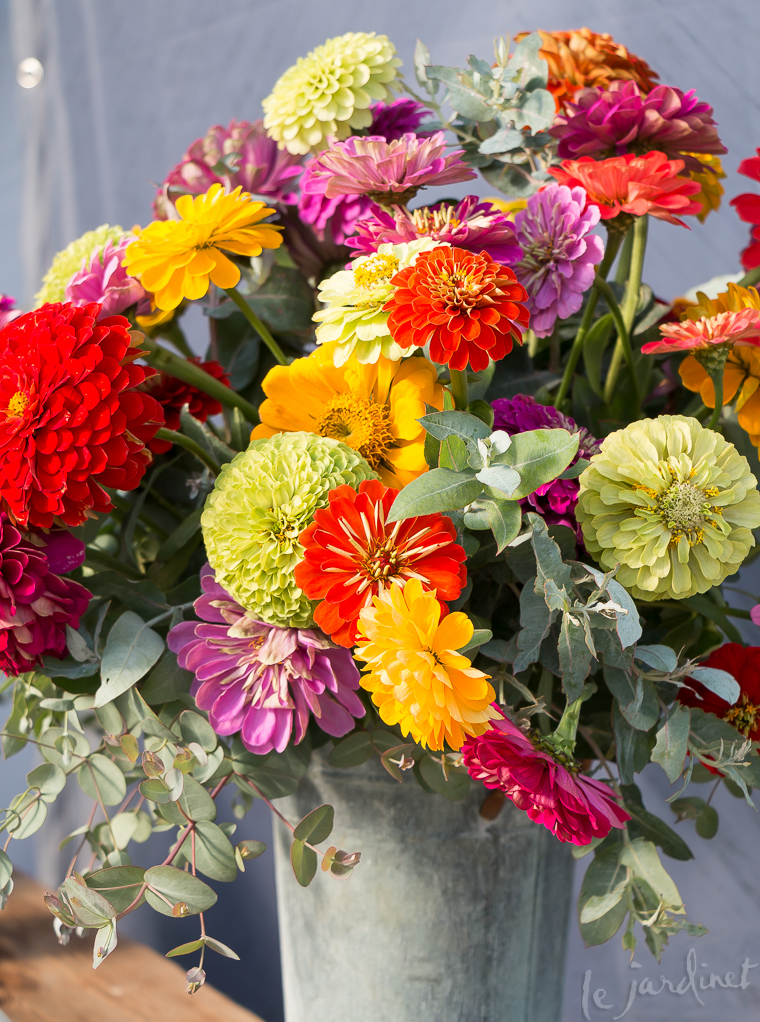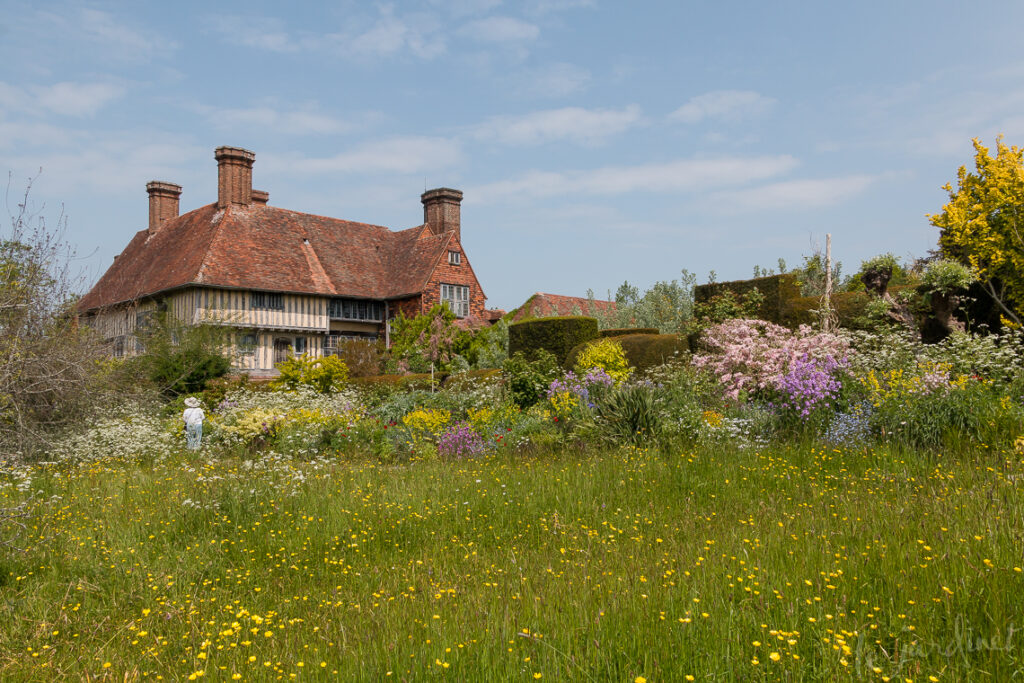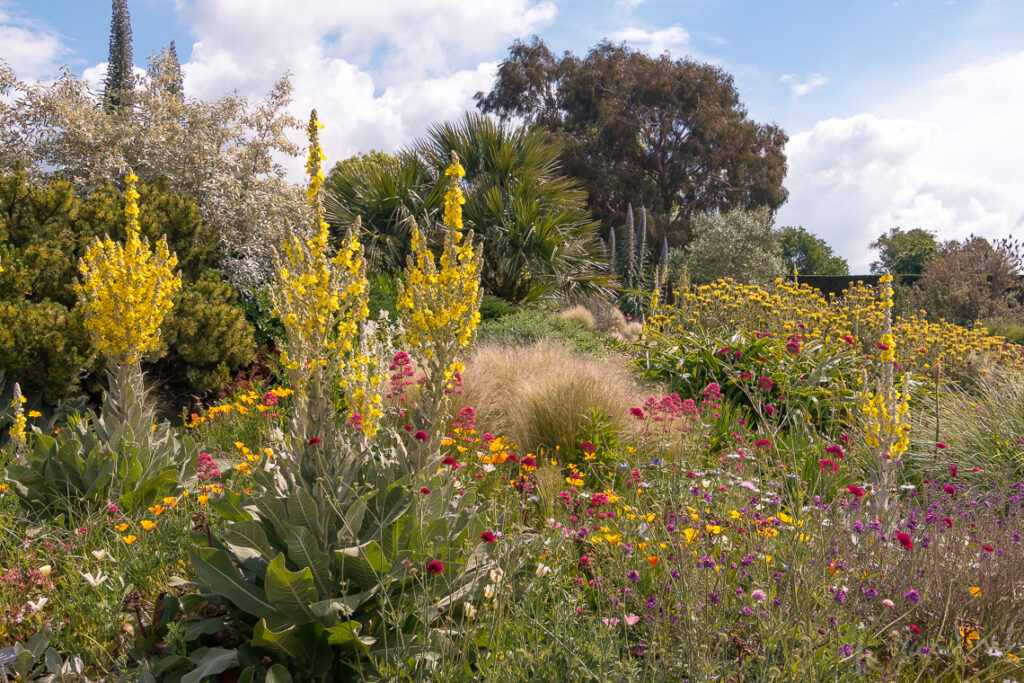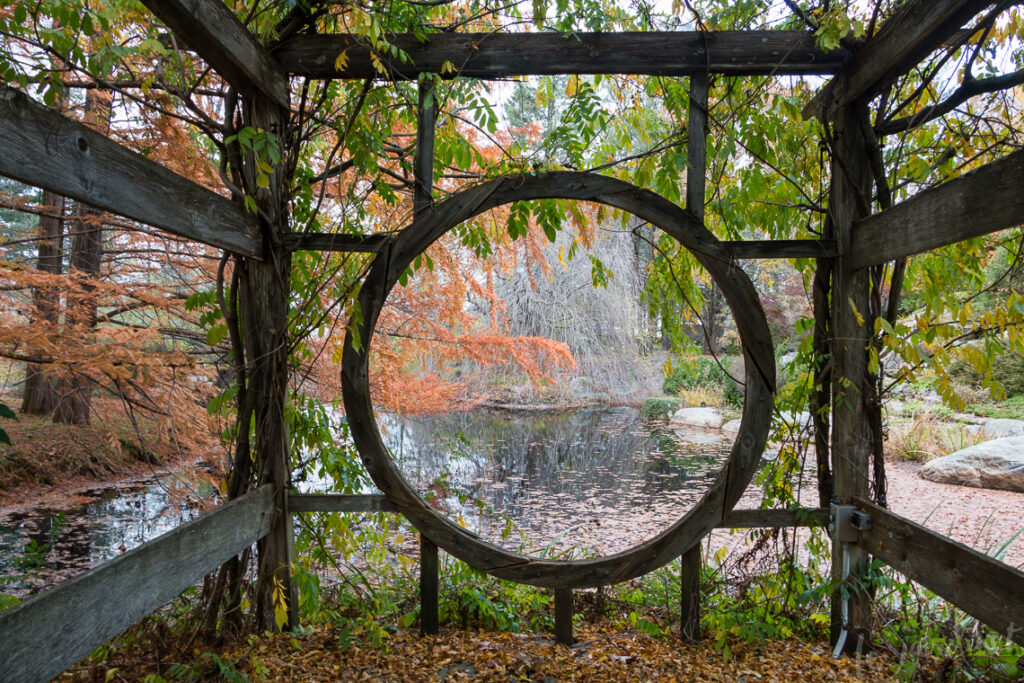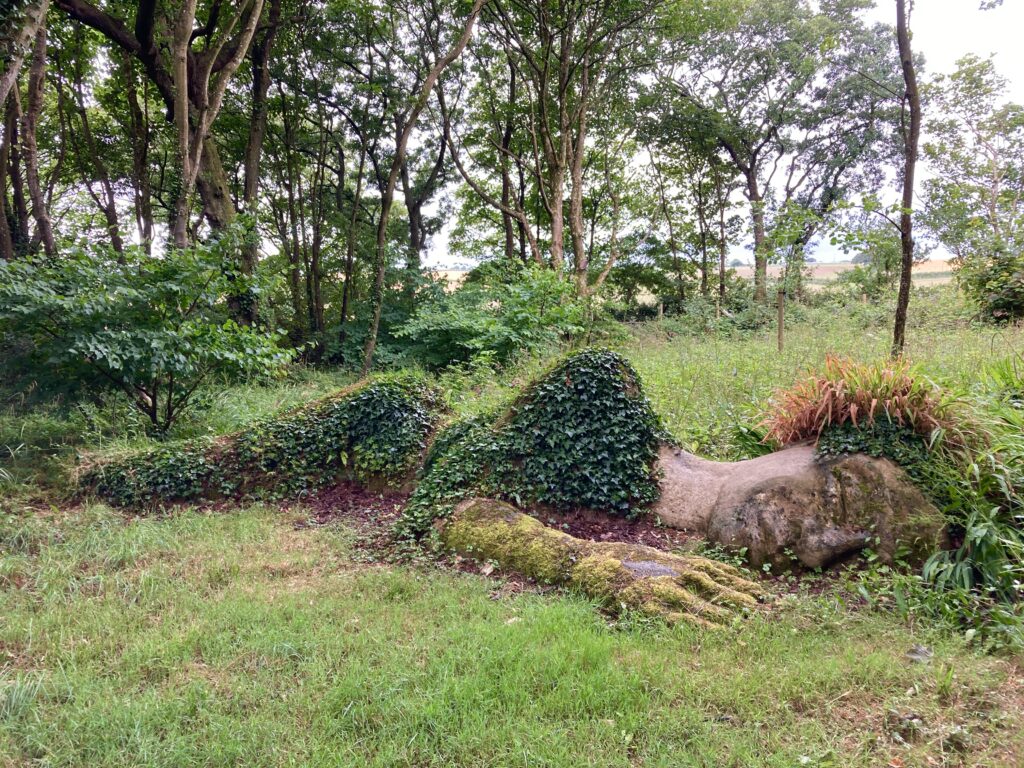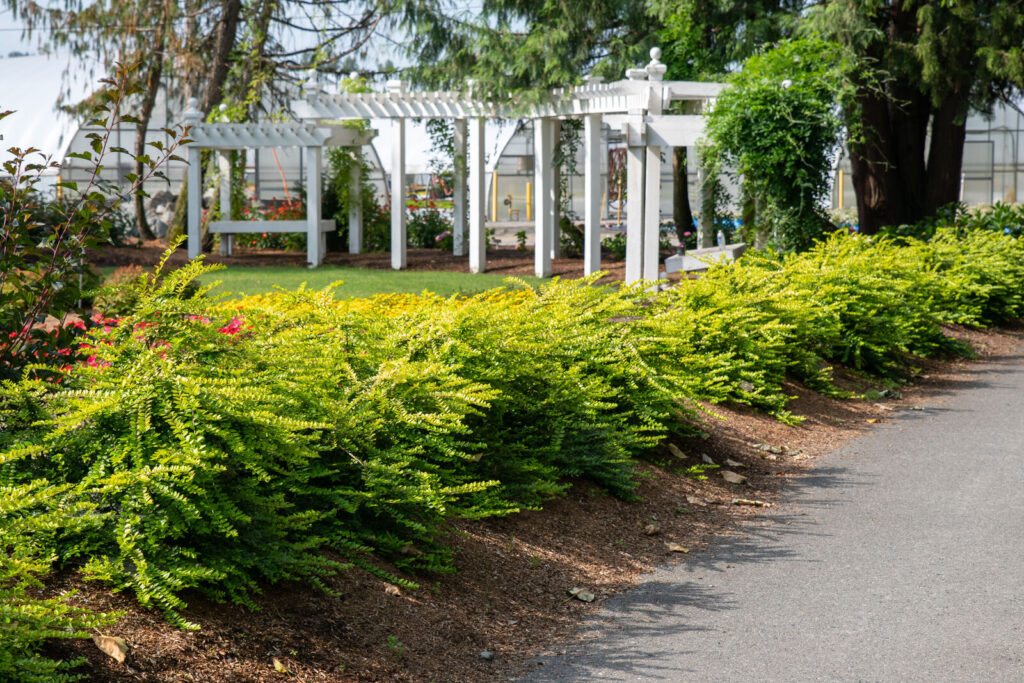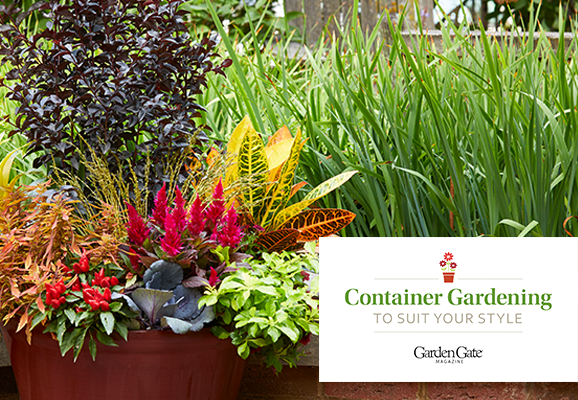Zinnias: how to grow and use them
| By Karen Chapman | Uncategorized | annuals, combinations, cut flowers, deer, design, seeds, spring

Basil: the pale yellow seedlings on the right were sown on 2/25 in contaminated potting soil. Those on the left were sown 3/18 in sterile soil

Sown on 3/18 (I reused the old tags) these three zinnia varieties will still reach a good size for setting out in the garden on June 1st
Why Grow from Seed?

Apricot Blush from Renee's Garden is a pretty color blend that works well with lavender, blue and white. They are also featured in the lead image for this blog post.
Zinnia Selection
Before you purchase seeds, think about what you want from your zinnia. Are they going to be primarily a cut flower? Then go for one of the taller varieties – Benary's Giants are my favorite but there are many others. Would you like to add some to containers or edge a pathway? Then the shorter, bedding type would work best.In the Garden
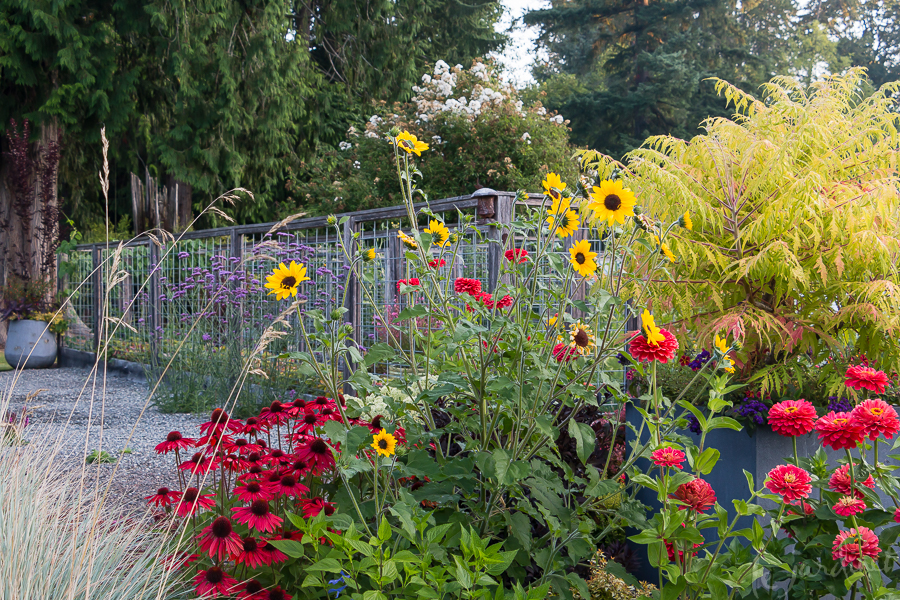
I prefer to intermingle my zinnia with other perennials and annuals rather than have a dedicated cutting garden
Plant Companions
This is where I have so much fun: choosing colors and textures of companion plants to really make the zinnias shine. Here are a few examples from previous years in my garden plus some ideas I'm playing with for this year.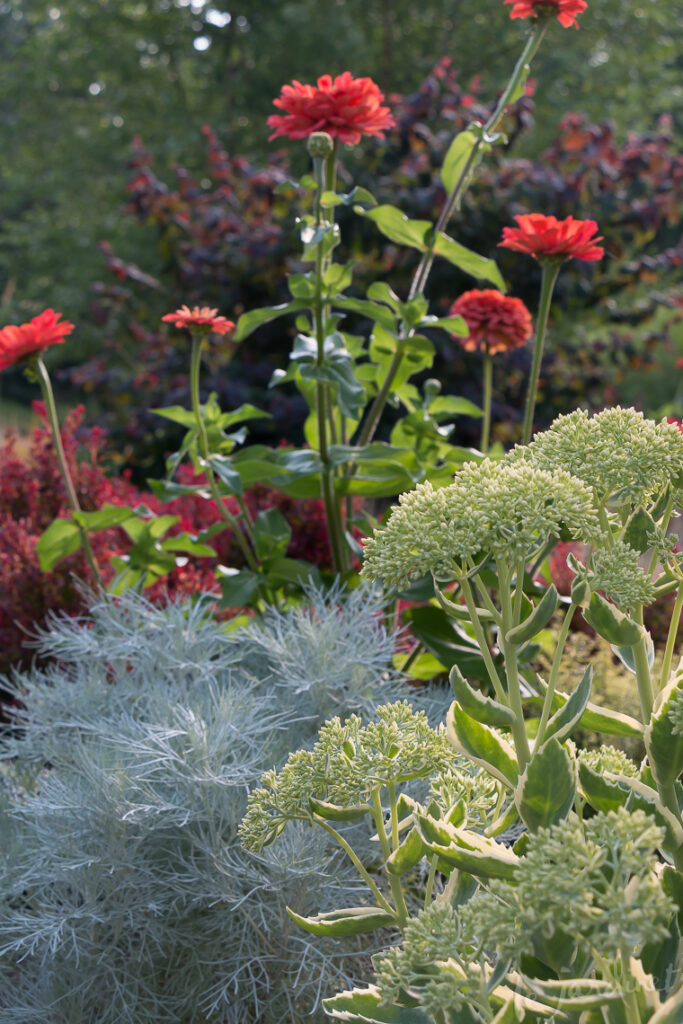
Makana Silver artemisia, Elsie's Gold sedum and Benary's Giant Coral zinnia were a refreshing combination
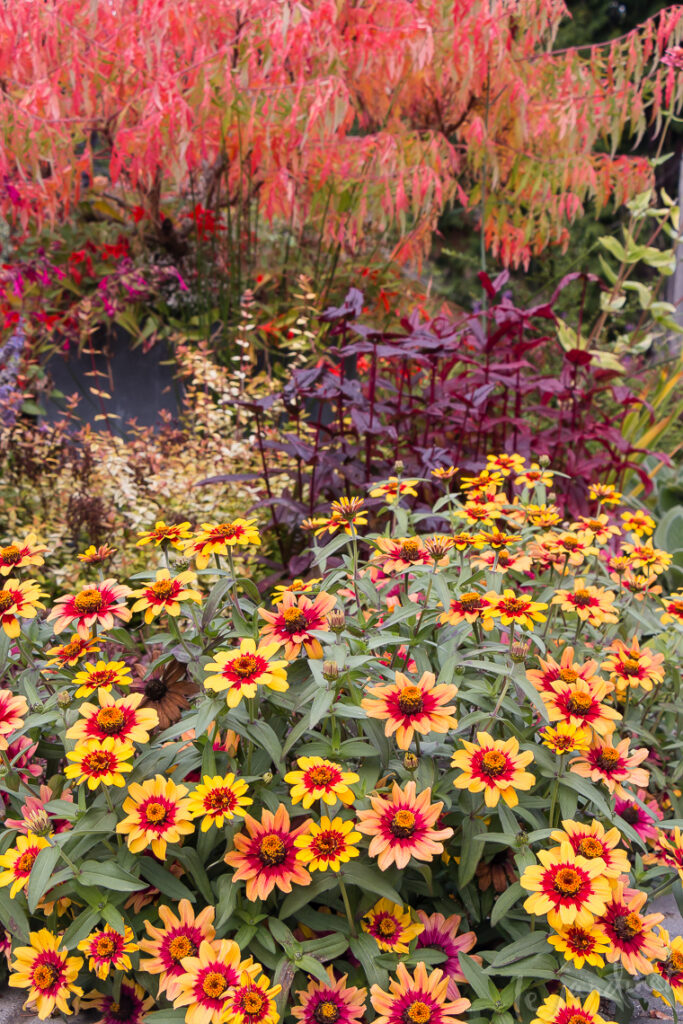
Tiger Eyes sumac (in a container), Kaleidoscope abelia, Midnight Masquerade penstemon and Red and Yellow Bicolor Profusion zinnia; 2021

Late September 2023: Benary's Giant Coral zinnia against Amsonia hubrichtii

Inspired by Great Dixter, I also grew Ammi majus from seed last year to intermingle with the zinnia. They took forever to bloom but the effect was worth waiting for.

Zinnia Queeny Lemon-Peach is a new one for me this year. The color appears to fade to a muted yellow-green.
Seed Suppliers & More
Floret Flowers is a cut flower grower in Skagit County. It was her blog post on growing zinnias that encouraged me to expand on that and share these ideas with you. She also offers seed for sale, online workshops and her book is breathtakingly beautiful. All America Selection Check out their award-winning selection of zinnias that underwent extensive trailing and judging. I have also purchased zinnia seeds from Renee's Garden, Harris, Johnnys , Eden BrothersWhich varieties are you growing this year?
Subscribe to Receive Blog Posts
Gardening inspiration delivered right to your inbox from Le Jardinet
Creating Abundance: Lessons from Great Dixter
Two Daisies to Know and Grow
Inspiration for Dry, Sunny Gardens in Temperate Climates
Garden Screen Solutions
Garden Design: Mimicking Nature
Heligan: History, Romance & Adventure
Pears & Parrots in Paradise
South Africa Highlights: Part 1 of many!
Deer-Resistant Bloomin' Easy Favorites
Unexpected Color Echoes
Welcome to My Garden Adventures

I'm a serious plant-aholic. In other words I'm usually covered in a layer or two of soil, I drive everywhere with a large tarp for impromptu plant purchases and I'm truly passionate about sharing the joys of gardening.
Buy My Books Here!




